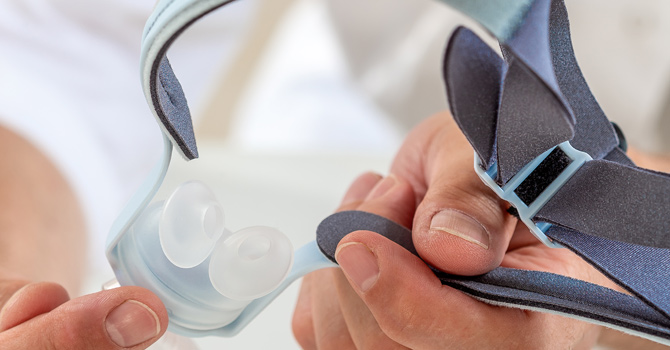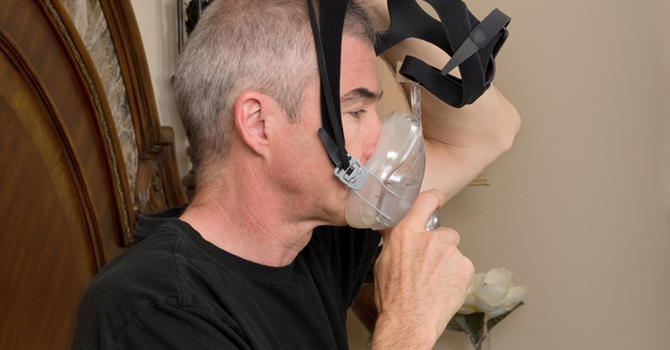Make CPAP Therapy a Positive Experience
Continuous positive airway pressure, or CPAP, is the most common and preferred treatment option for obstructive sleep apnea. We are here to help you ensure a successful CPAP experience that will enable you to breathe easier, sleep better and live healthier.
Using CPAP for the First Time
CPAP is not a quick fix. Only with a long-term commitment will this treatment provide long-lasting health benefits. Moreover, using it every time you sleep or nap will make it easier for your body to get accustomed to the therapy.
The first machine and mask you try may not be the best ones for you. The first month will also be your hardest period of adjustment, involving plenty of trial and error as you find the machine, mask and pressure settings that suit you best. Don’t hesitate to talk to us about improving your equipment selection, finding the best fit, and using your equipment properly.
Keeping It Comfortable
To increase your level of comfort, you may use a saline spray, decongestant or heated humidifier. These are good options if CPAP irritates your nose, mouth or throat. Using soft pads that will fit over your mask straps can also lead to a more comfortable CPAP experience. Additionally, consider taking advantage of your unit’s “ramp” setting so you can slowly get used to the air pressure level.
Be sure to keep your mask, tubing and headgear clean. Check and replace the filters for your CPAP unit and humidifier on a regular basis.
Communication is Key
Communication will play a vital role in the success of your treatment. Getting used to CPAP will be easier if you are able to connect with others who benefit from this therapy. Stay in close communication with both your sleep doctor and with us. Ask lots of questions and seek help when you need it.


